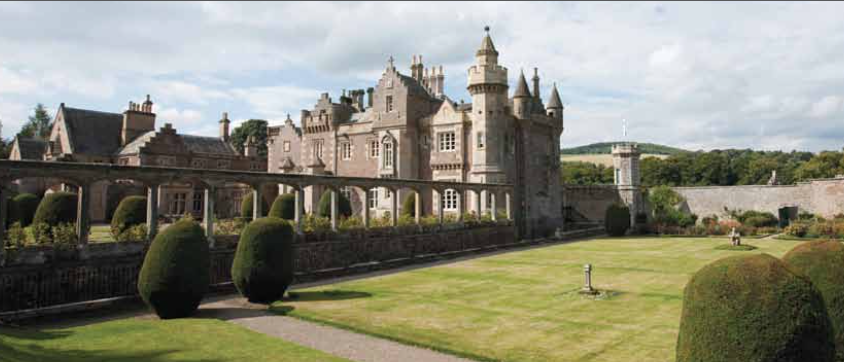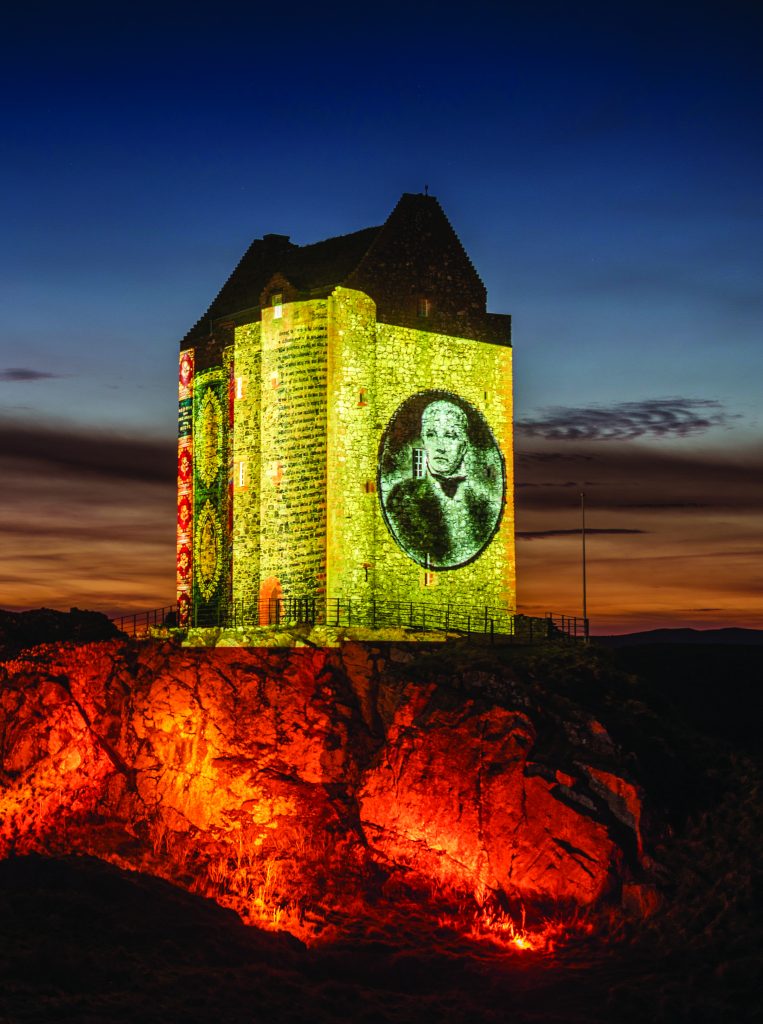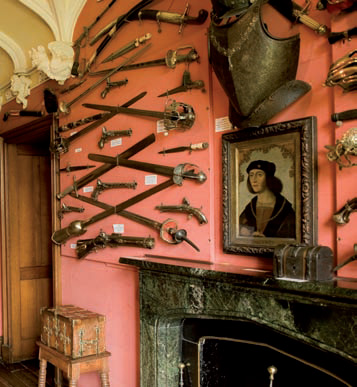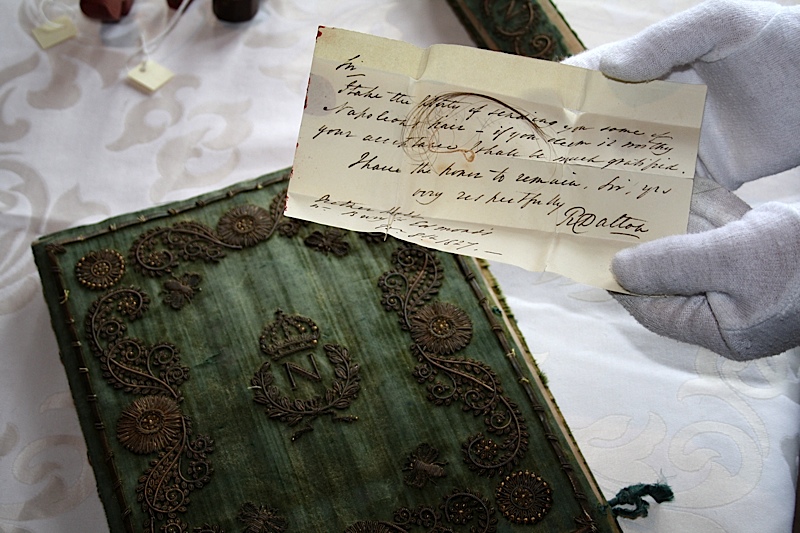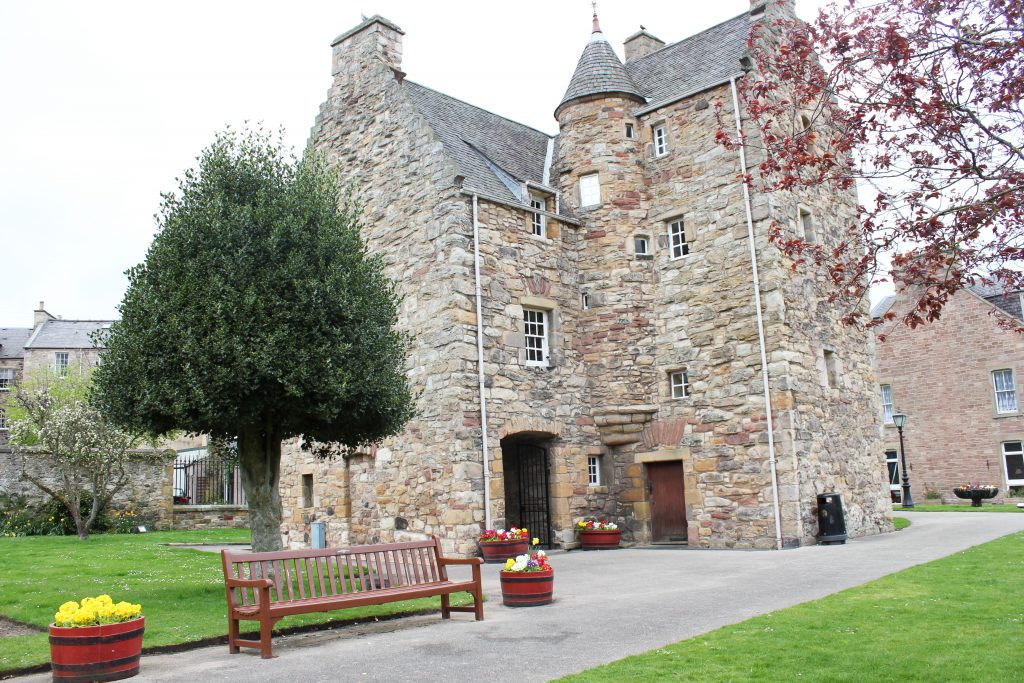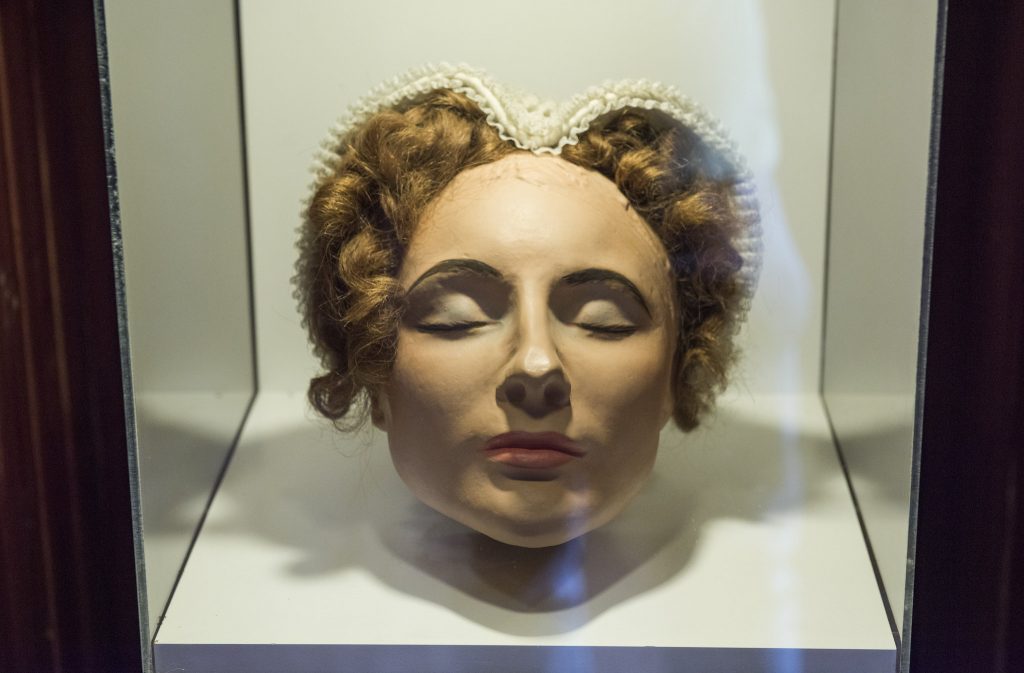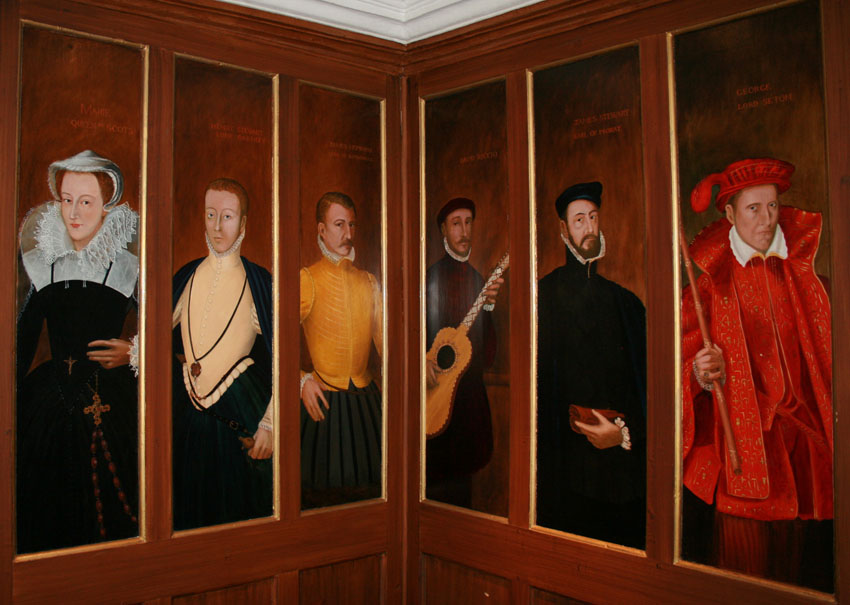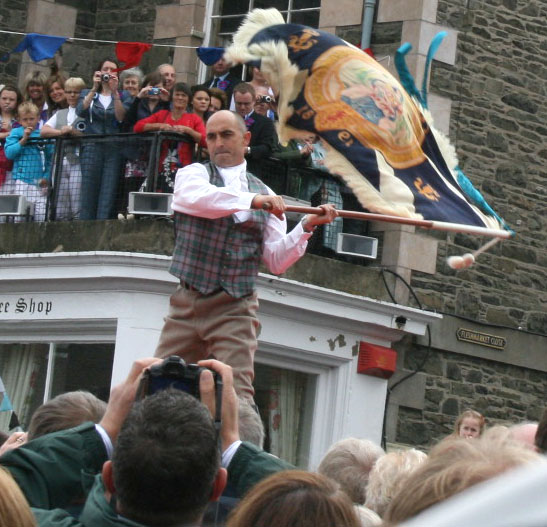
Scratch the surface of any Border town and you will find a community of independent minded people who are fiercely proud of their traditions.
In Selkirk, perched on a terrace of hills overlooking the Ettrick Water, where locals are known as ‘souters’ (shoemakers), there’s a generous welcome waiting for anyone who wants to know more.
Here we have a small town that achieved Royal Burgh status in the 12th century and has consistently boxed above its weight ever since in terms of the contribution it has made to Borders’ history.
The lives and times of King David I, William Wallace (appointed Guardian of Scotland at the Kirk o’ the Forest, Kirk Wynd in 1298), James V, the Dukes of Buccleuch, the Marquis of Montrose (Battle of Philiphaugh 1645), Mungo Park and Sir Walter Scott are all closely intertwined with Selkirk.
As is Fletcher, whose imposing statue stands outside Victoria Hall and around whom the spectacular Common Riding revolves each year.
He was part of the Selkirk contingent who marched away to fight under James IV at the ill-fated battle of Flodden (1513) – and reputedly the only one to return. Fletcher is said to have staggered into the market place to bring news of a terrible defeat, casting down a captured English flag before dropping down dead.
His final flourish is commemorated each year by the Casting of the Colours ceremony that closes the Common Riding.
After Flodden the town was ransacked and burnt by the English, punitive action that won Selkirk 1000 acres of forest and a Royal Charter from James V in appreciation of the valour of local people and in order that they might have timber for rebuilding.
Selkirk is a great place for statues. A short stroll west from Victoria Hall, standing at the end of High Street, is a monument to explorer Mungo Park, who died trying to discover the source of the Niger in Africa.
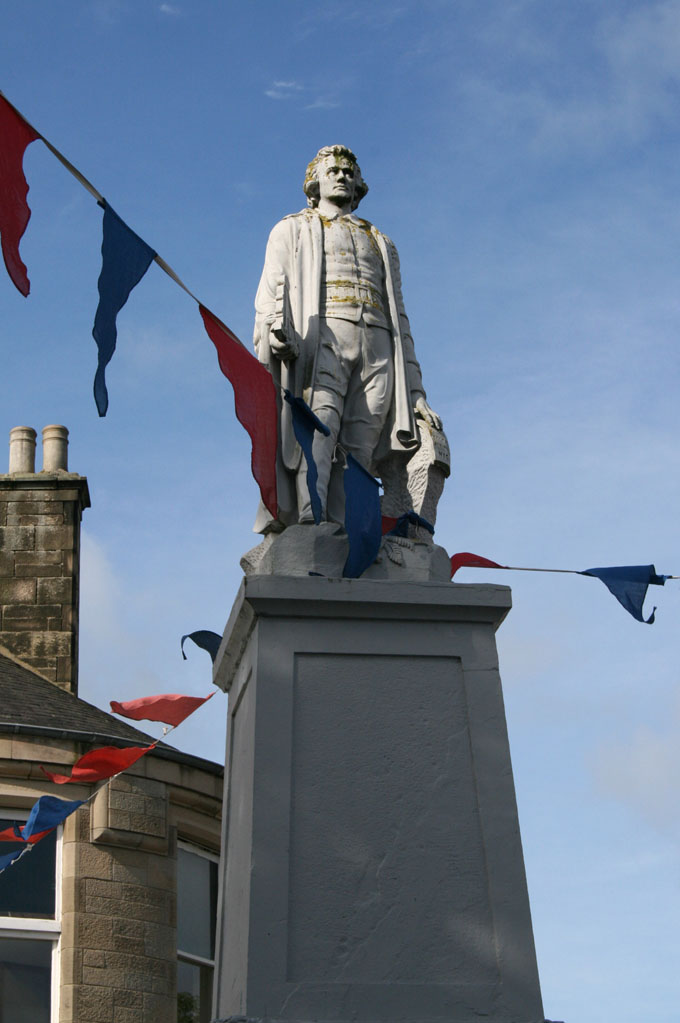
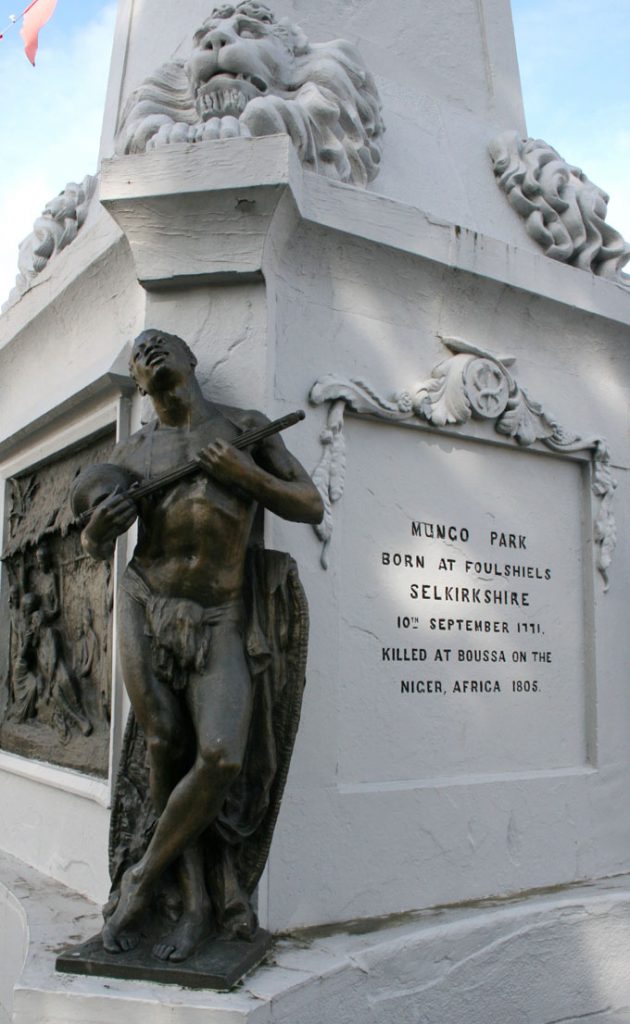
The casts of Fletcher and native cameos that adorn the four corners of the Mungo Park statue are the work of Border sculptor Thomas Clapperton who achieved international fame after studying in Glasgow, London and Paris. Many of his best pieces can be found in the Borders.
In Selkirk market place is a memorial to Sir Walter Scott, the Borders most famous son, standing in front of the courthouse he presided over as Sheriff of Selkirkshire from 1803-1832. Of all the famous footprints that have made their mark in the Borders, Sir Walter’s have left by far the biggest impression.

A short walk from the market place is the award-winning Halliwells museum recreating the building’s former use as a home and ironmonger’s shop. It also tells the story of the historic burgh of Selkirk and the Robson Gallery hosts regularly changing contemporary art, craft and local history exhibitions.
Selkirk’s shoemaking industry, still going strong in the mid-1700’s when 2,000 pairs were provided for Bonnie Prince Charlie’s army on its march south, was eclipsed by textile production from the 1800’s onwards.
A forest of tall chimneys once dominated the skyline along Ettrick Water, testament to the importance of textile manufacture in the Borders. The mills were internationally famous and today Locharron of Scotland carries on that tradition as the world’s leading tartan manufacturer.
The company stocks over 700 tartans and has kilted numerous celebrities from Sean Connery to Shrek.
